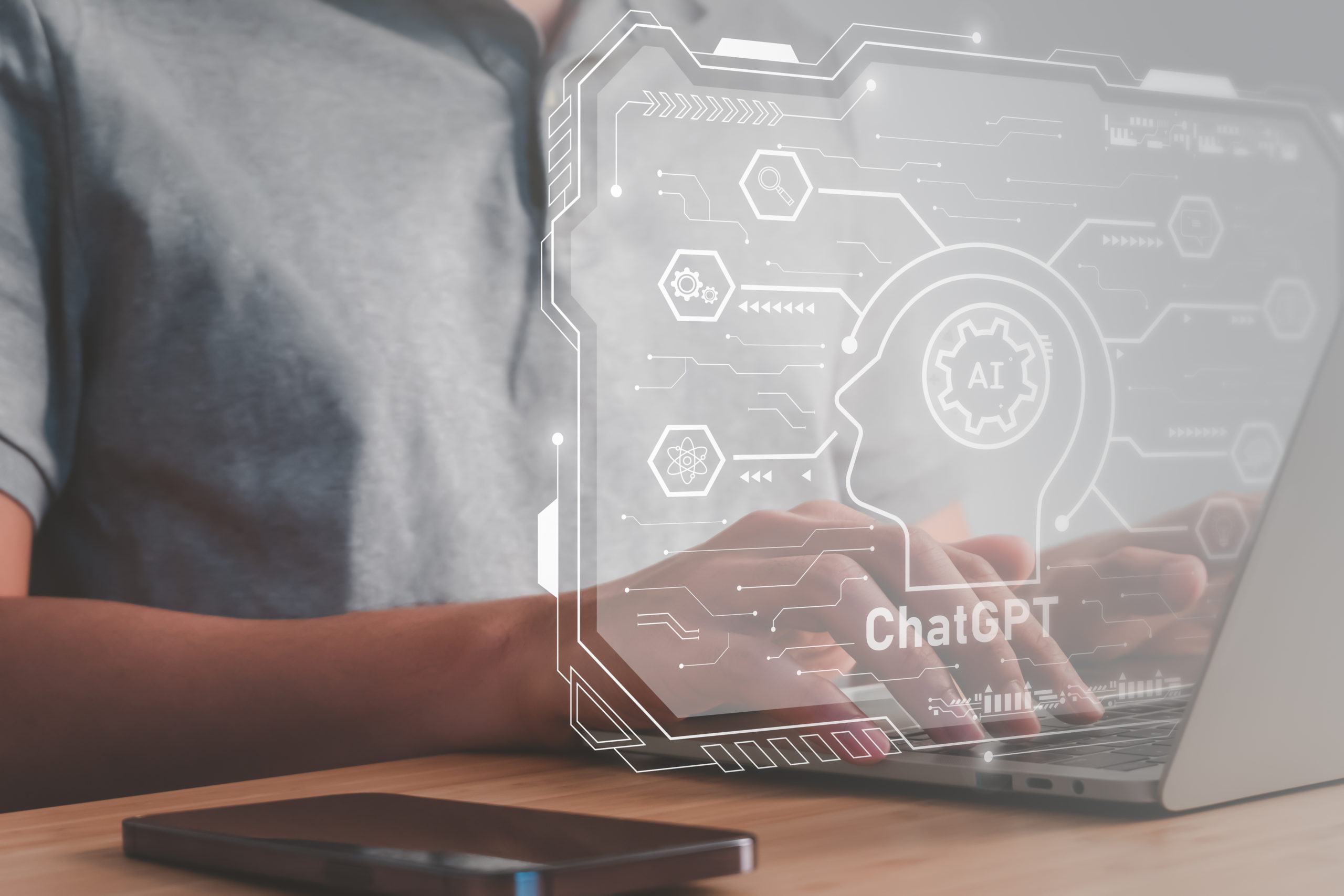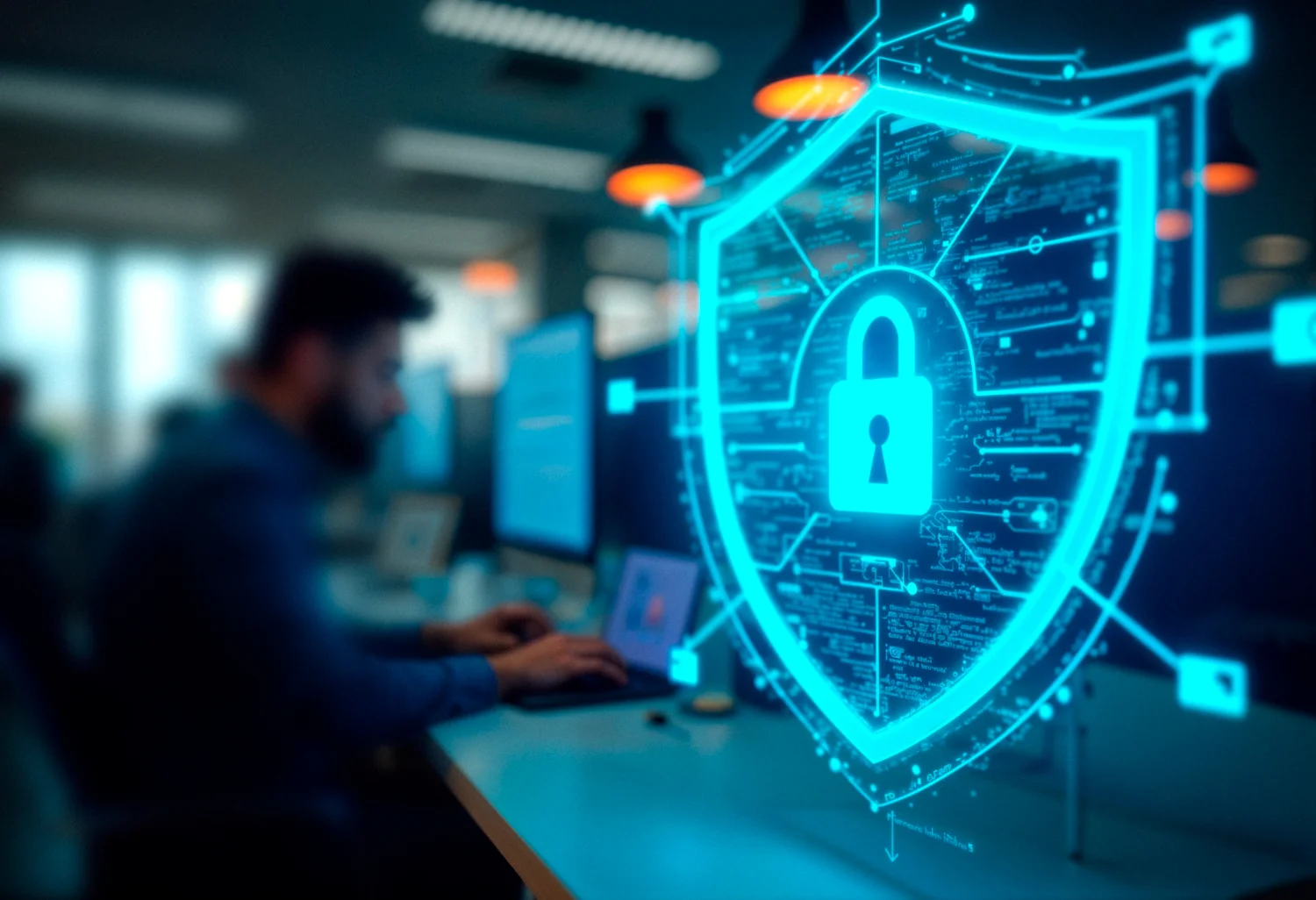The Ultimate Guide: A look at ChatGPT and AI cybersecurity threats for SMBs and local governments
ChatGPT, an AI-powered language model, has taken the world by storm with its uncanny ability to generate human-like text.
Its applications have revolutionized industries, from customer service to content creation, offering organizations countless benefits and efficiencies.
However, as with any powerful technology, ChatGPT also has a darker side when it falls into the wrong hands. Cybercriminals are now leveraging this groundbreaking tool to target small to mid-sized businesses (SMBs) and local governments with unprecedented sophistication.
In this article, we will dive into the remarkable capabilities of ChatGPT and celebrate its positive impact on the digital world.
Simultaneously, we will expose the potential risks it poses when exploited by cybercriminals and hackers.
In this honest and transparent guide, we’ll delve into the heart of ChatGPT’s cybersecurity implications. We’ll break down the complex subject matter into easily digestible insights, helping you navigate the double-edged sword that ChatGPT presents regarding cybersecurity.
By understanding the benefits and risks of this AI technology, you’ll be better equipped to make informed decisions for your organization or local government, ensuring a safer digital environment for all.
So, buckle up as we embark on a journey to explore the good, the bad, and the grey areas of ChatGPT’s role in cybersecurity, aiming to cut through the noise and provide you with a clear, unbiased understanding of this revolutionary technology.
Artificial Intelligence (AI) and its role in Cyber Security
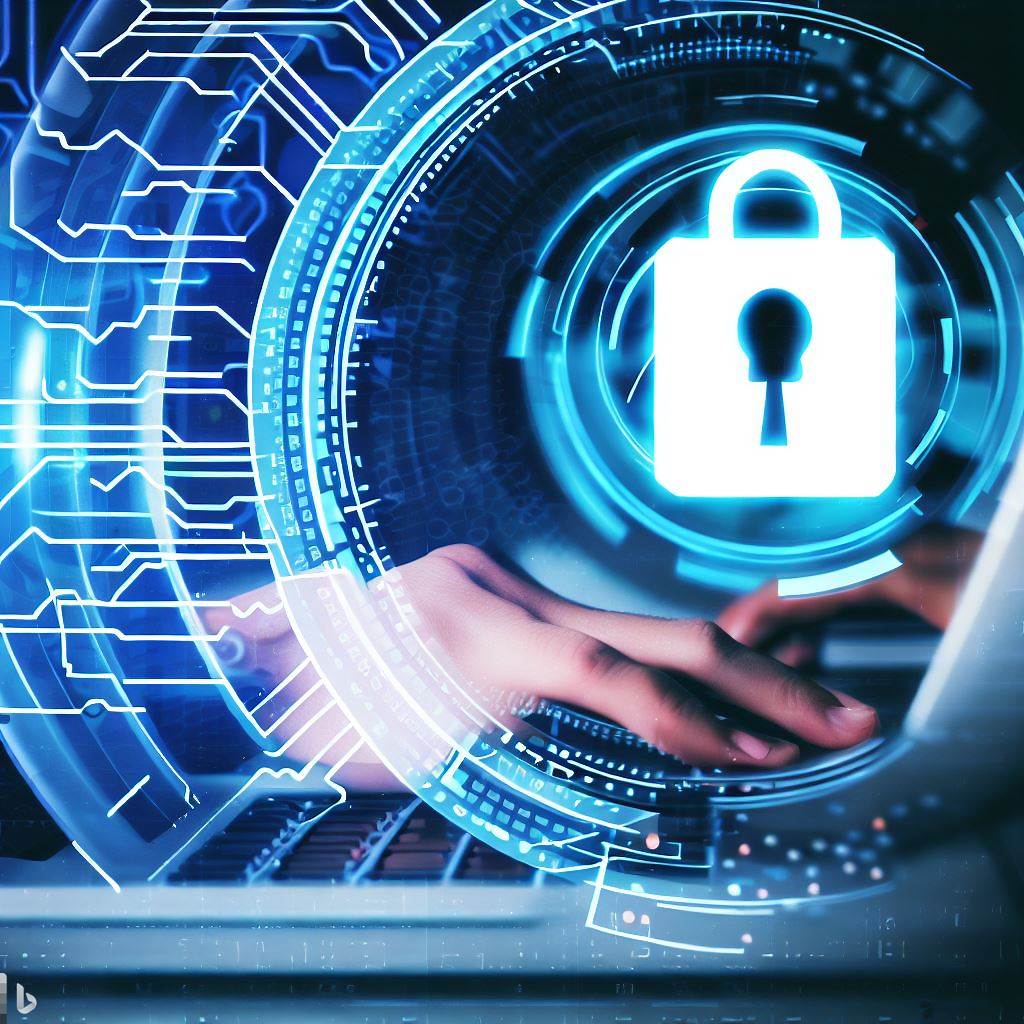
Artificial Intelligence (AI) has emerged as both a blessing and a curse in cybersecurity.
While it has driven significant progress in developing strong defense mechanisms, it has also created highly advanced attack methods that are harder to detect and counter.
In this section, we will delve into the intricate relationship between AI and cybersecurity, discussing the opportunities and threats that AI technologies, like ChatGPT, bring to the digital environment and your organization.
AI-powered security solutions
AI has paved the way for a new generation of cybersecurity solutions, enabling organizations to implement security measures that are both proactive and adaptive. Machine learning algorithms can now process massive amounts of data in real time, spotting patterns and anomalies that might indicate potential threats.
Some of the key AI-driven security advancements include:
- Anomaly detection:
AI-powered systems can monitor network traffic and user behavior, identifying deviations from established patterns that could signal a security breach or an ongoing attack.
- Automated threat response:
AI enables a rapid response to identified threats, automatically implementing countermeasures to prevent damage or data breaches.
- Malware analysis and detection:
AI can analyze and identify malware based on its behavior, allowing for the detection of previously unknown or zero-day threats.
- Phishing detection:
Natural Language Processing (NLP) and machine learning algorithms can detect and flag suspicious emails that may be part of a phishing campaign, helping to protect users from falling victim to scams.
AI-facilitated cyber-threats

Conversely, cybercriminals are exploiting AI technologies to enhance their attacks’ scope, efficiency, and sophistication. This makes it increasingly challenging for organizations to defend themselves against these evolving threats.
Key AI-facilitated cyber threats include:
-
AI-generated phishing emails:
Using AI tools like ChatGPT, cybercriminals can craft highly convincing phishing emails that mimic legitimate communication, making it difficult for users to identify them as malicious.
-
Deepfakes and disinformation campaigns:
AI-generated deep fakes and disinformation can cause significant harm to organizations and individuals, leading to reputational damage, financial loss, and even political instability.
-
AI-assisted vulnerability discovery:
Machine learning algorithms can be used to analyze software, identify vulnerabilities, and even suggest potential exploits, streamlining the process for cyber criminals.
-
Automated cyberattacks:
AI-driven bots can automate various types of cyberattacks, such as Distributed Denial of Service (DDoS) attacks, increasing their speed and scope.
Balancing AI’s potential and risks in cybersecurity
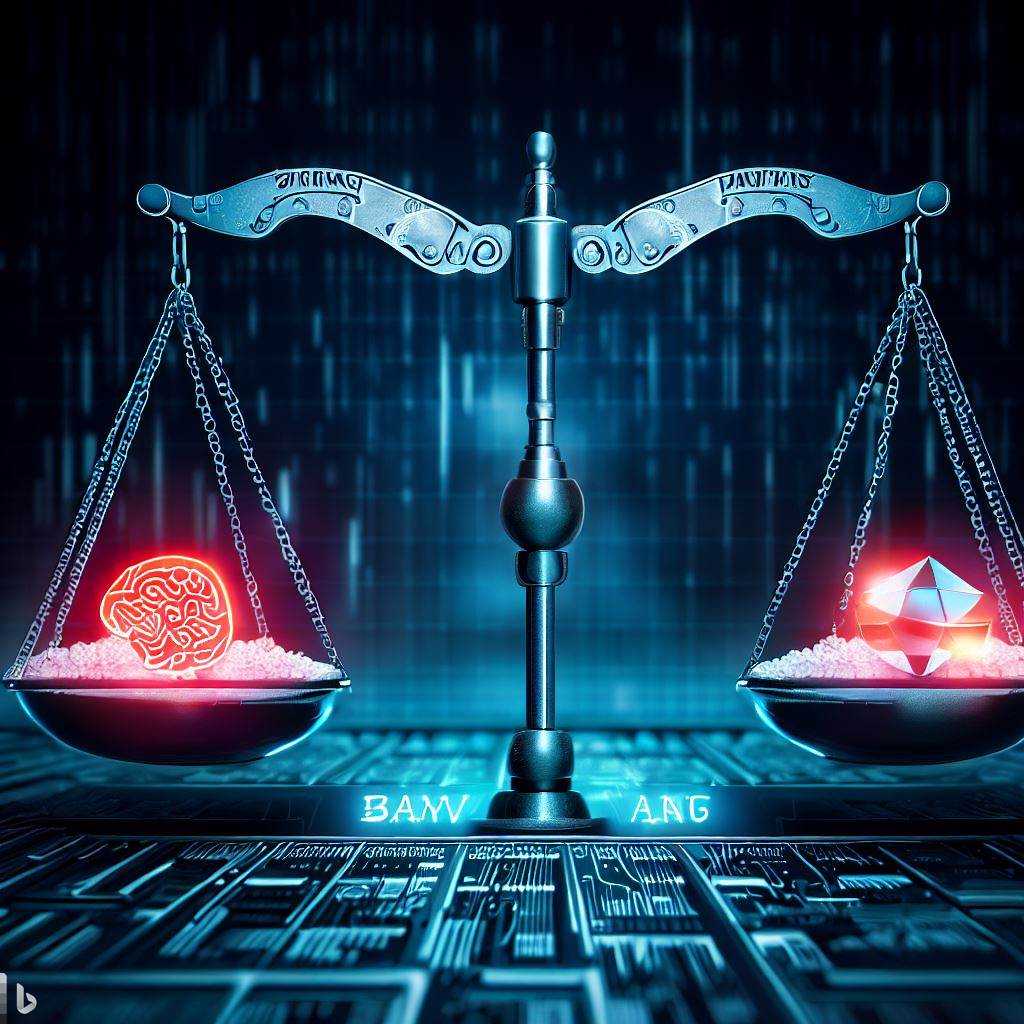
As AI technologies continue to evolve and infiltrate the cybersecurity landscape, organizations must strike a balance between harnessing AI’s potential for defense and mitigating the risks posed by AI-facilitated cyber threats. Key considerations for organizations include:
- Investing in AI-driven security solutions:
Organizations should prioritize implementing advanced AI-powered security tools to help defend against emerging cyber threats.
- Employee training and awareness:
As AI-generated attacks become more sophisticated, it’s crucial to invest in employee training and cybersecurity awareness programs to help staff recognize and respond to these threats effectively.
- Collaboration and information sharing: To stay ahead of cybercriminals, organizations should collaborate with other businesses, governments, and cybersecurity experts to share information about AI-driven threats and defense strategies.
- Ethical AI development and regulation: Ensuring the responsible development and use of AI technologies will be critical in addressing the potential risks they pose to cybersecurity. This may involve establishing ethical guidelines, industry standards, and potentially regulatory measures for AI development and deployment.
By understanding the connection between AI and cybersecurity and proactively addressing the threats and opportunities it presents, organizations can better equip themselves to navigate the ever-evolving digital landscape.
The key lies in staying informed about the latest AI-driven cyber threats and adapting security strategies accordingly while also harnessing the power of AI to enhance defensive capabilities.
Preparing for the future of AI in cybersecurity
As AI technologies continue to advance, their impact on cybersecurity will grow, necessitating ongoing vigilance and adaptation. Organizations should prepare for the future of AI in cybersecurity by:
- Staying informed about emerging trends and threats: Keep abreast of the latest developments in AI-driven cyber threats and defensive strategies. This may involve subscribing to industry publications, attending conferences, or participating in webinars and online forums.
- Developing a cybersecurity culture: Foster a culture of cybersecurity within your organization, emphasizing the importance of securing digital assets and maintaining a strong security posture in the face of evolving threats.
- Incorporating AI in incident response planning: Incorporate AI-driven tools and strategies into your organization’s incident response plan to enable rapid detection, containment, and mitigation of cyber threats.
- Engaging with the AI and cybersecurity communities: Build relationships with AI and cybersecurity experts, researchers, and vendors to gain insights into the latest advancements, best practices, and potential risks associated with AI technologies.
By taking a proactive and informed approach to managing the connection and threats of AI in cybersecurity, organizations can protect themselves from existing risks and position themselves to harness the full potential of AI-driven security solutions.
This will ultimately contribute to a more secure and resilient digital ecosystem, benefiting businesses, governments, and individuals.
Understanding ChatGPT and its role in cybersecurity
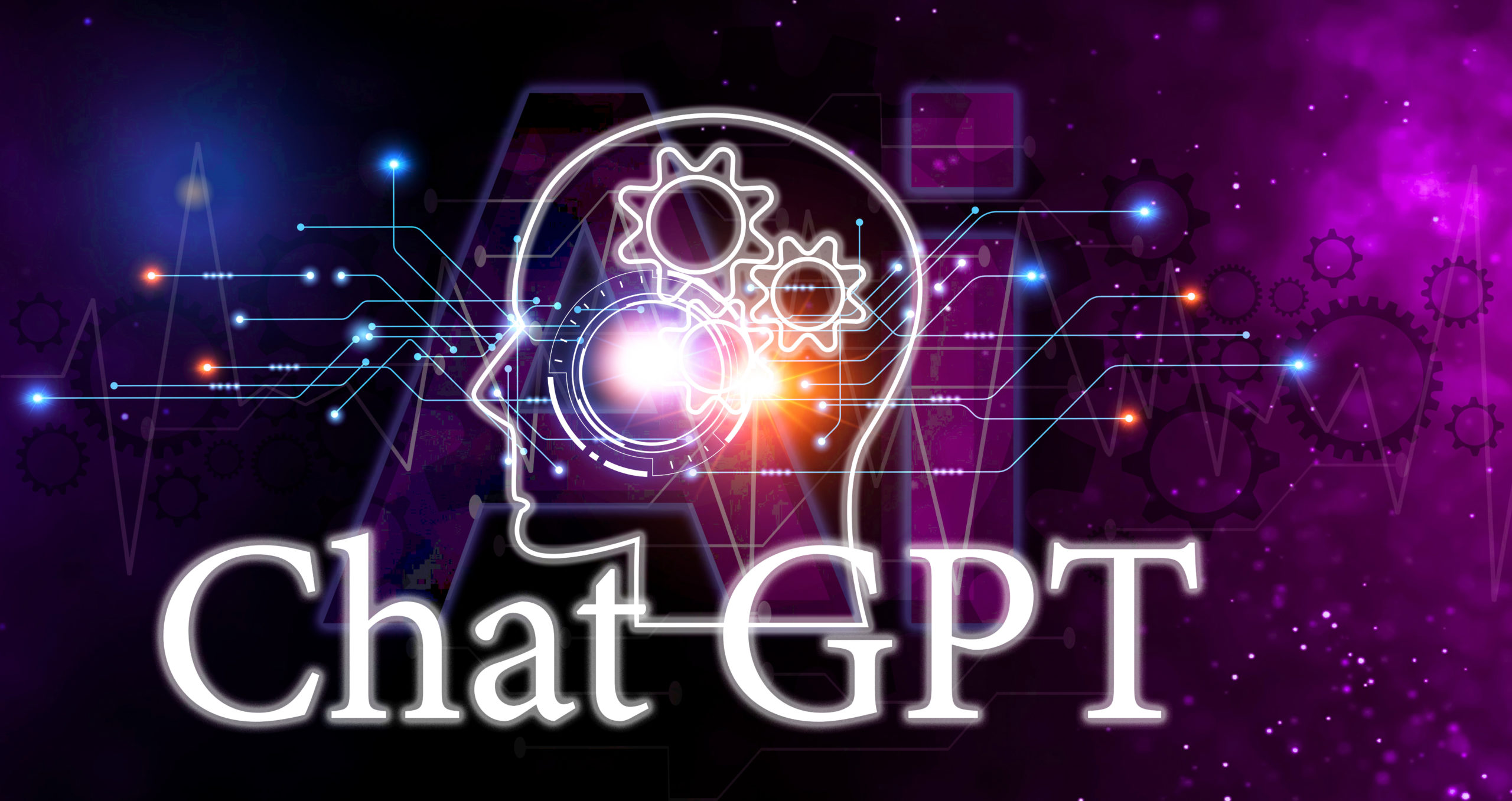
As AI technologies advance, so do the tactics of cybercriminals. In this section, we’ll provide an overview of ChatGPT and explore how it has become a valuable tool for cybercriminals targeting SMBs and local governments.
The mechanics of ChatGPT and its potential for misuse
In this section, we will delve into the inner workings of ChatGPT and discuss how cybercriminals can manipulate it to launch sophisticated attacks on SMBs and local governments.
1. Phishing emails that use ChatGPT to sound more convincing.
Phishing emails aim to deceive recipients into revealing sensitive data. Cybercriminals are now using AI-powered language models like ChatGPT to create more convincing phishing emails, making them harder to detect. ChatGPT generates human-like text, allowing attackers to craft emails that resemble genuine correspondence and increasing the chances that recipients fall for the deception.
The use of ChatGPT in phishing emails challenges traditional email filtering systems and AI detectors since these sophisticated messages can evade many detection methods.
To address this threat, individuals and organizations should adopt a multi-layered approach to email security, such as implementing advanced email filtering solutions and regularly updating email software. In addition, raising awareness about AI-enhanced phishing emails is crucial in fostering a proactive cybersecurity culture.
2. ChatGPT and deep fakes: The rise of AI-generated disinformation
Deepfakes and other forms of AI-generated disinformation are becoming more prevalent, with ChatGPT playing a significant role.
 Deepfakes, which use AI to create hyper-realistic yet fake images or videos, have emerged as a significant cybersecurity concern.
Deepfakes, which use AI to create hyper-realistic yet fake images or videos, have emerged as a significant cybersecurity concern.
ChatGPT, an advanced language model, combines deep fake technology to create even more persuasive and potentially damaging content. By generating realistic text, ChatGPT can create convincing voiceovers, written statements, or captions accompanying deep fake videos, making them harder to identify as fraudulent.
The combination of ChatGPT and deepfakes poses a significant threat to individuals and organizations, as these creations can be used for nefarious purposes such as disinformation campaigns, blackmail, and social engineering attacks.
Cybersecurity professionals must stay vigilant and develop new strategies to counteract these emerging threats. In addition, individuals must be aware of the potential risks and learn to verify the authenticity of online content.
This can be achieved by checking the source, cross-referencing information, and being cautious about sharing unverified content on social media platforms.
3. ChatGPT and insider threats
Insider threats pose a significant risk to organizations, involving individuals with privileged access to sensitive information or systems.
ChatGPT, when used by a rogue insider, can increase this risk by enabling the creation of deceptive content that can bypass security measures or manipulate other employees. In this context, ChatGPT can craft clear messages that appear to come from trusted sources within the organization, leading to unauthorized access, data breaches, or even financial loss.
For example, imagine an employee with malicious intent who wants to exfiltrate sensitive data from the company. They could use ChatGPT to generate an email that appears to come from a senior executive requesting urgent access to specific files or systems.
The email would be crafted to closely mimic the executive’s writing style, making it difficult for the recipient to detect the deception. Trusting the seemingly legitimate request, the targeted employee might grant the necessary access or provide the requested information, unknowingly aiding the insider in their malicious activities.
This highlights the importance of raising awareness about the potential role of AI technologies like ChatGPT in insider threats and reinforcing security protocols to mitigate the risks they pose.
4. ChatGPT and AI-driven automation in cyberattacks
As cyber criminals increasingly rely on AI technologies like ChatGPT, attacks’ scale, and sophistication are growing.
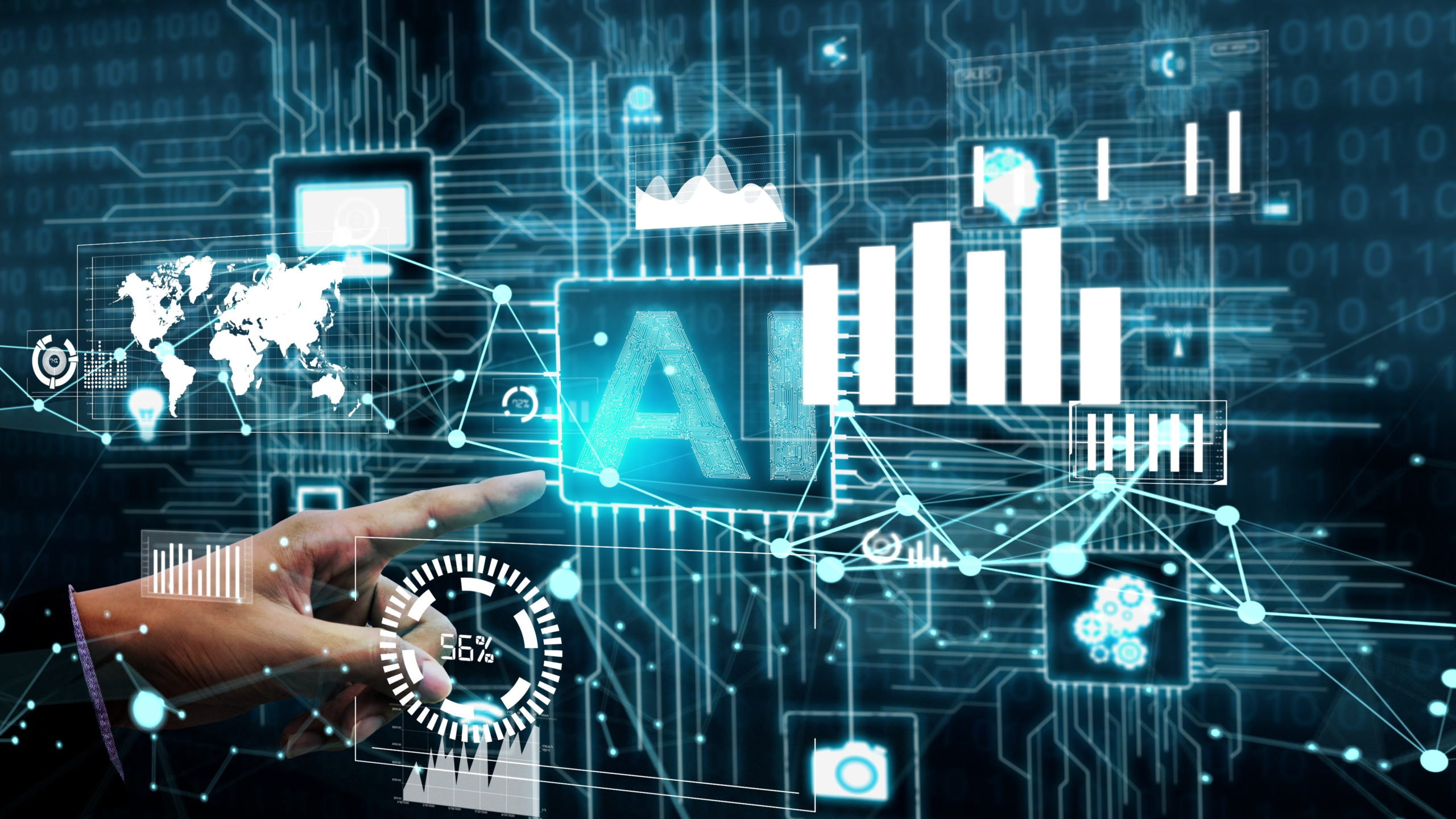 AI-driven automation and language models like ChatGPT play an increasingly significant role in cyber-attacks. These technologies allow cybercriminals to streamline their operations, making attacks more efficient and difficult to detect.
AI-driven automation and language models like ChatGPT play an increasingly significant role in cyber-attacks. These technologies allow cybercriminals to streamline their operations, making attacks more efficient and difficult to detect.
For instance, AI-driven bots can automate various stages of an attack, such as scanning for vulnerabilities or conducting large-scale brute-force attempts. Meanwhile, ChatGPT can generate realistic and contextually relevant content that enhances the success rate of social engineering attacks like phishing or spear-phishing campaigns.
The combination of AI-driven automation and ChatGPT in cyber-attacks presents a growing challenge for individuals and organizations. As attackers become more adept at using these technologies, it becomes increasingly important for your IT Provider to develop new strategies and defenses to counteract the evolving threats.
How to detect and defend against ChatGPT-generated content
Detecting and protecting against ChatGPT-generated content is a challenge that requires a multifaceted approach.
The first step is to raise awareness among individuals and organizations about the potential risks associated with AI-generated content.
By understanding the capabilities of language models like ChatGPT, users can develop a healthy skepticism when encountering unexpected or unsolicited communication, whether through email, social media, or other platforms.
Best practices for defending against ChatGPT-generated content:
- Verify the source: Always double-check the sender’s email address, social media account, or website to ensure it’s legitimate. Also, look for subtle differences, such as misspellings or slightly altered domain names.
- Cross-reference information: If you receive a message containing surprising or urgent information, verify it through multiple independent sources before taking action or sharing it with others.
- Be cautious with links and attachments: Avoid clicking on links or opening attachments in unsolicited messages, as they could lead to phishing websites or contain malicious files.
Another layer of defense involves adopting advanced technology solutions to help identify and block AI-generated content.
These tools often rely on machine learning algorithms to detect anomalies in text patterns or other characteristics that differentiate human-generated and AI-generated content.
- Implement AI-based detection tools: Utilize advanced security solutions that employ AI and machine learning to identify and flag potentially AI-generated content.
- Regularly update security software: Ensure that security software, such as email filters and antivirus programs, are kept up-to-date with the latest threat intelligence and detection capabilities.
Finally, fostering a culture of cybersecurity within organizations is essential in defending against ChatGPT-generated content. Encourage open communication, and provide regular training and awareness programs to help employees recognize and respond to potential threats.
- Establish clear reporting procedures: Create an environment where employees feel comfortable reporting suspicious content or incidents.
- Conduct regular training: Offer ongoing education and training sessions to inform staff about the latest AI-generated threats and best practices for identifying and handling them.
Legal and regulatory implications of ChatGPT misuse
The misuse of ChatGPT raises various legal and regulatory concerns, as it can be used for nefarious purposes, such as creating deepfakes, generating phishing emails, or spreading disinformation.
 As these AI-generated materials can cause significant harm to individuals, organizations, and society, there is a growing need for legal and regulatory frameworks to address the misuse of such technologies and hold the perpetrators accountable.
As these AI-generated materials can cause significant harm to individuals, organizations, and society, there is a growing need for legal and regulatory frameworks to address the misuse of such technologies and hold the perpetrators accountable.
Efforts to develop and enforce these frameworks are still in their early stages. As a result, lawmakers are grappling with the complex task of balancing the need to protect society from AI-related risks while preserving the potential benefits and innovations that AI can bring.
As a result, individuals and organizations must stay informed about the latest legal and regulatory developments regarding AI technologies like ChatGPT. By understanding the implications and potential liabilities associated with the misuse of ChatGPT, users can better navigate the evolving landscape and ensure they’re using the technology responsibly and ethically.
The role of cybersecurity awareness and training in combating ChatGPT-based attacks
Cybersecurity awareness and training play a vital role in combating ChatGPT-based attacks.
As AI-generated content becomes more sophisticated, individuals and organizations must understand the risks associated with ChatGPT misuse and develop the skills to identify and respond to potential threats.
Incorporating cybersecurity awareness and training programs that specifically address ChatGPT-based attacks can help users recognize the telltale signs of AI-generated content and develop strategies to counteract it.
These programs should cover topics such as:
- verifying the source of information
- cross-referencing claims
- being cautious with links and attachments in unsolicited messages
Regularly updating training materials to reflect the latest AI-driven threats and techniques will ensure that employees stay informed and vigilant against the ever-evolving cybersecurity landscape.
By prioritizing cybersecurity awareness and training, organizations can significantly reduce the likelihood of falling victim to ChatGPT-based attacks. A well-informed and proactive workforce helps detect and report suspicious content. In addition, it contributes to building a more secure digital environment that can better withstand the challenges posed by AI-generated content and other emerging cybersecurity threats.
The future of ChatGPT and AI in cybersecurity: Risks and opportunities
The end of ChatGPT and AI in cybersecurity presents both risks and opportunities.
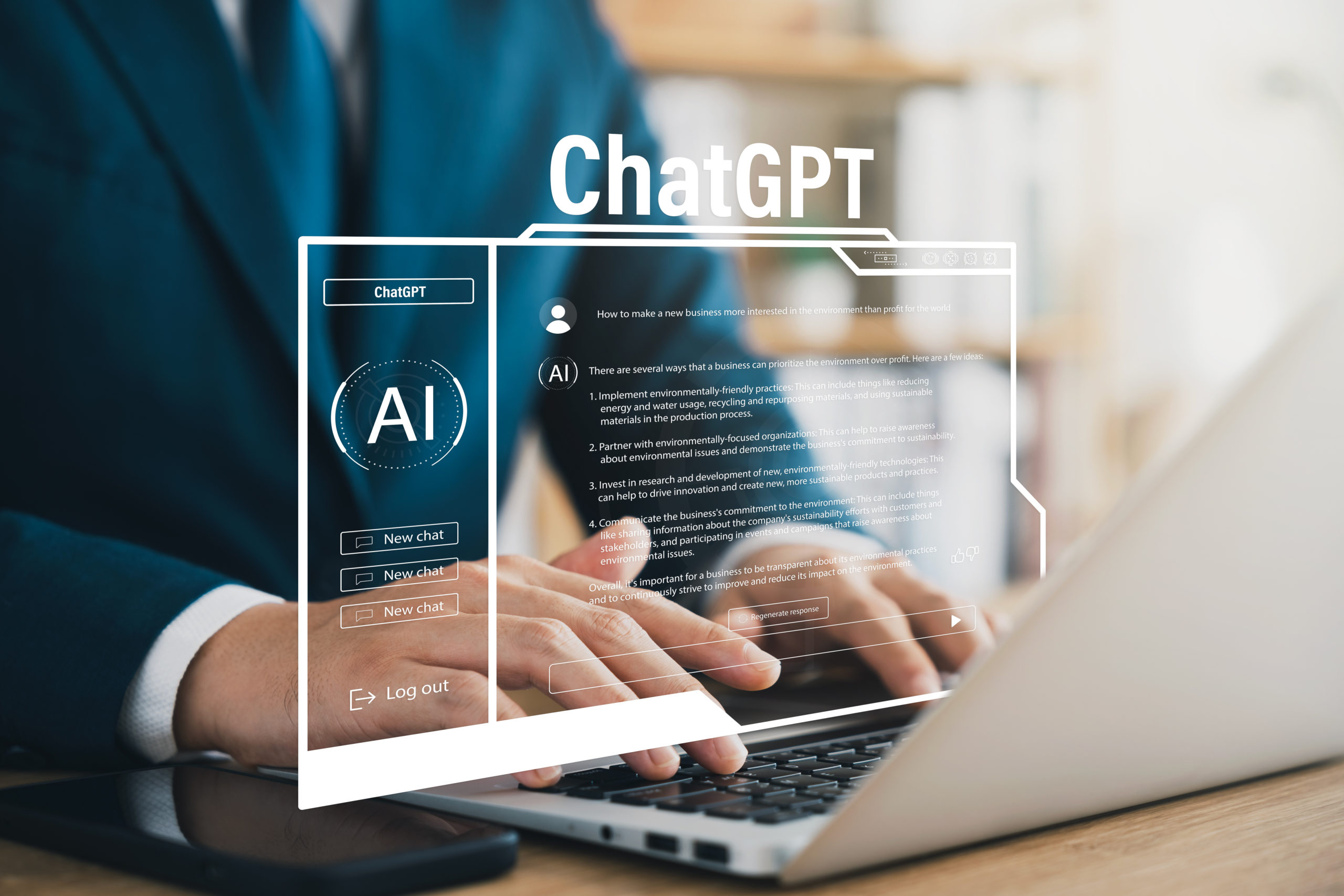
As AI-generated content becomes more sophisticated, cybercriminals will continue to leverage it for nefarious purposes, including social engineering attacks, deepfakes, and disinformation campaigns.
This evolving landscape highlights the need for individuals and organizations to stay vigilant and continuously adapt their cybersecurity strategies to counter these emerging threats.
On the other hand, ChatGPT offers opportunities to bolster cybersecurity defenses
AI-driven tools like ChatGPT can be utilized to:
- Enhance threat detection
- Automate incident response
- Analyze large volumes of data
By harnessing the power of AI, cybersecurity professionals can develop more advanced, proactive, and adaptive security solutions that can better protect against the ever-evolving threats landscape.
Moving forward, it’s essential to balance embracing the potential benefits of AI technologies. They can accomplish this by addressing the risks AI poses. Collaboration between the public and private sectors and international cooperation will be crucial in developing legal and regulatory frameworks that promote responsible AI use while ensuring robust cybersecurity.
By fostering a proactive approach to cybersecurity and investing in AI-driven security solutions, individuals and organizations can harness the potential of ChatGPT and other AI technologies while effectively mitigating the associated risks.
Conclusion
ChatGPT and other AI technologies have rapidly transformed the cybersecurity landscape. This presents challenges and opportunities for individuals and organizations.
As cybercriminals leverage these advanced tools for malicious purposes, it’s crucial to remain vigilant and adopt a multifaceted approach to detect and defend against AI-generated content.
Raising awareness, fostering a culture of cybersecurity, and providing regular training are essential components of an effective defense strategy against ChatGPT-based attacks.
At the same time, AI technologies offer significant potential for enhancing cybersecurity defenses. They do this by automating threat detection, incident response, and data analysis. Moreover, by embracing the power of AI responsibly and ethically, organizations can develop more robust security solutions that can better withstand evolving threats.
As we move forward, striking a balance between harnessing the benefits of AI and addressing the risks they pose will be essential. A collaborative effort between the public and private sectors and international cooperation is crucial. They must develop legal and regulatory frameworks that promote responsible AI use while ensuring robust cybersecurity.
By remaining proactive and adaptive, individuals and organizations can navigate the complex world of ChatGPT and AI in cybersecurity, ensuring a safer digital environment for all of us.

